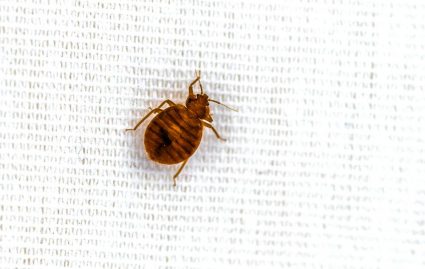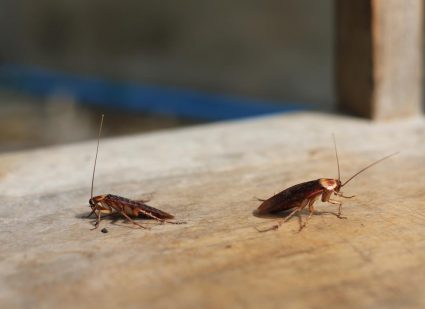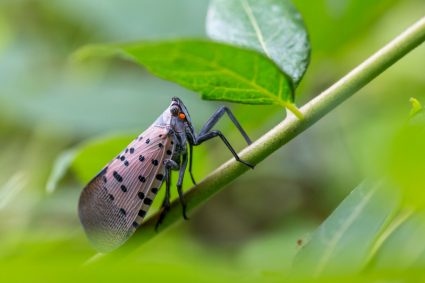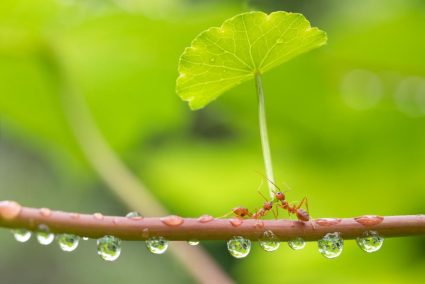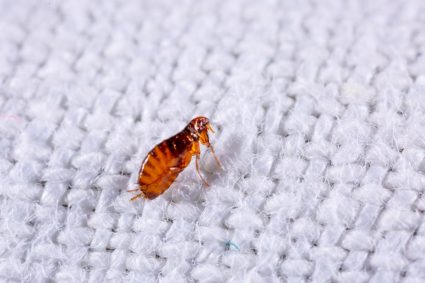
Dust mites are microscopic creatures found in almost every part of the world. They don’t bite, and you can’t even feel or see them. However, their feces and body parts are common household allergens.
If you start experiencing constant sneezing, coughing, catarrh, watery eyes, asthma, rashes, or eczema flare-ups, it might result from a dust mite infestation.
Worse, these tiny creatures feed on human and pet dead skin cells, so you’ll most likely find them in your bed, cushion, or places where you normally relax your body.
Nevertheless, despite being microscopic, dust mites are not indestructible.
If you’re having dust mites problems, which is most likely the case, there are several natural ways to get rid of them.
- Lower the temperature and humidity levels in your home.
- Constantly clean your home and eliminate dust.
- Use essential oils like eucalyptus and peppermint.
- Sprinkle food-grade diatomaceous earth around your home.
- Use Hypoallergenic Mattresses or Anti-Allergen Bed Covers.
Dust mites are highly allergenic and can make your home uncomfortable all year round.
Here, we’ll cover some simple yet effective ways to eliminate them and their allergens.
5 Natural Ways To Get Rid of Dust Mites in Your Home
While you enjoy your sleep at night, dust mites are actively walking around your bed, eating up your skin shedding and causing you allergies.
They are unlike in her insect-like pests you can see or feel on you; they are too small for your eyes and nervous system to pick up.
While it’s practically impossible to eliminate dust mites in your home completely, there are ways you can substantially reduce their number and the threat they pose.
Here are five natural, simple, and effective ways to neutralize dust mites in your home:
1. Lower Humidity and Temperature Levels
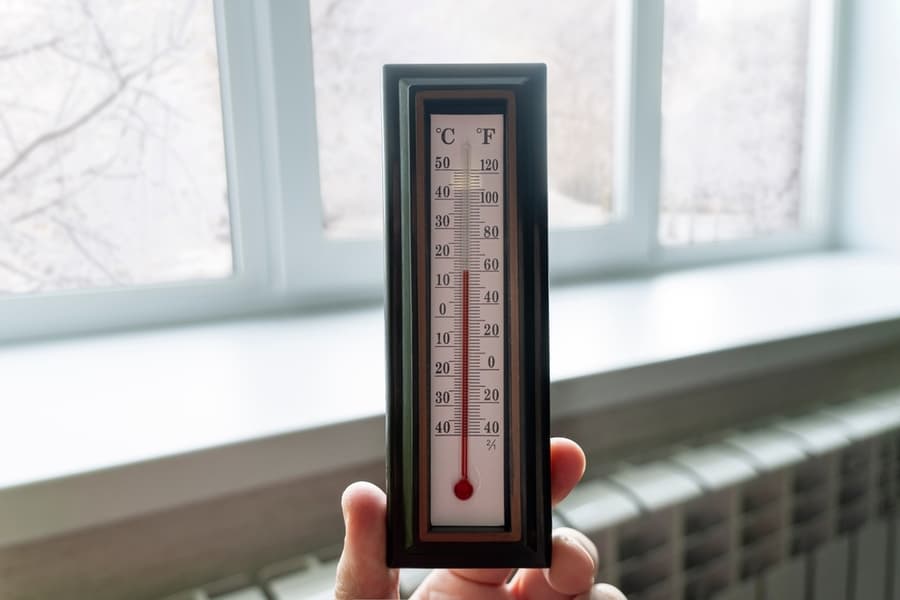
Dust mites hate low temperatures; that’s why Antarctica is the only continent where you can’t find them.
Ideally, dust mites enjoy staying in an environment where the temperature is at least 24°C and no more than 27°C. That doesn’t mean that temperatures outside this range will kill them; however, it’ll disrupt their living patterns and decelerate breeding.
Set your home temperature to no more than 21°C. Humans can live comfortably on this level, but it’ll be disruptive for dust mites.
Furthermore, dust mites hate low humidity. Anything between 70% – 80% is ideal for them. Therefore, reducing the humidity level in your home to 50% will seriously reduce the reproduction rate.
Ensure that your house is full of fresh, circulating air. Keep your windows open when you can, and purchase a dehumidifier to help.
2. Remove the Dust

As their name suggests, dust mites live and feed on dust. Therefore, the simplest way to reduce their population is to remove dust constantly.
First, you must find the most common dusty areas in your house.
If you have carpets in your home and are suffering from dust mite allergies, cleaning them might not be enough, you might have to get rid of them.
Dust mites don’t necessarily live or breed in carpets, but your carpets hold lots of household dust, including dead dust mites and dust mites feces which are also allergens.
Cleaning the carpets regularly with soap, vacuuming, and steaming will help reduce the mites by killing them, but their dead bodies and feces will remain.
Also, ensure you regularly clean the dust in your furniture, curtains, beds, and fabrics.
Remember that displacing the dust won’t help; you’ll only transfer the problem to another location. The goal is to clean and eliminate dust.
Other common locations to clean are your window sills, desks, cabinets, and vents.
Also, clean your dust catchers at least once every week.
3. Use Essential Oils

Over the years, several studies have shown that essential oils are very effective pest repellents. They are also perfect because they are natural and non-toxic. Some also scent nice.
They are essential oils dust mites can’t stand; their smell irritates them, forces them out, and sometimes kills them. So far, research has shown that the most effective essential oil against dust mites is eucalyptus oil.
In the study, a dust mite-infested blanket was washed with eucalyptus, and the survival rate was a meager 0.6%.
Other essential oils that have proven effective include tea tree oil, clove oil, rosemary, chenopodium, and peppermint.
Most of them are easy to get, and you can make your home spray by mixing the oil with water or carrier oil. Then, put the mixture in a spray bottle on your bed, furniture, curtain, windows, and doors.
Also, add these essential oils to your detergent or laundry washer to kill the dust mites in your clothes.
Don’t worry; essential oils don’t stain clothes, so ensure you dilute them first.
4. Use Hypoallergenic Mattresses or Anti-Allergen Bed Covers
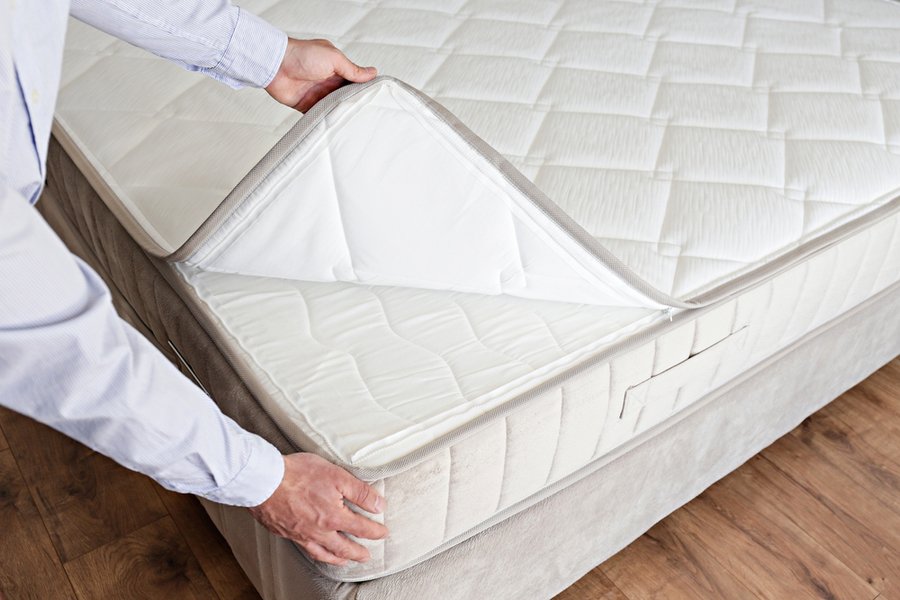
Hypoallergenic mattresses are specially designed to prevent allergies. They are tightly sealed to prevent dead shedding skin, dust, and dust mites from entering your mattress.
Studies have shown that, on average, 100,000 – 2 million dust mites live in a mattress. While making a mattress completely mite-free is impossible; a hypoallergenic mattress will significantly reduce them.
Unfortunately, the materials used in producing hypoallergenic mattresses make them expensive. A cheaper alternative is an anti-allergen bed cover.
Like hypoallergenic mattresses, these covers are made with impenetrable materials, making it difficult for dust mites to live and breed on your bed.
5. Sprinkle Food Grade Diatomaceous Earth (DE) Powder Around Your Home
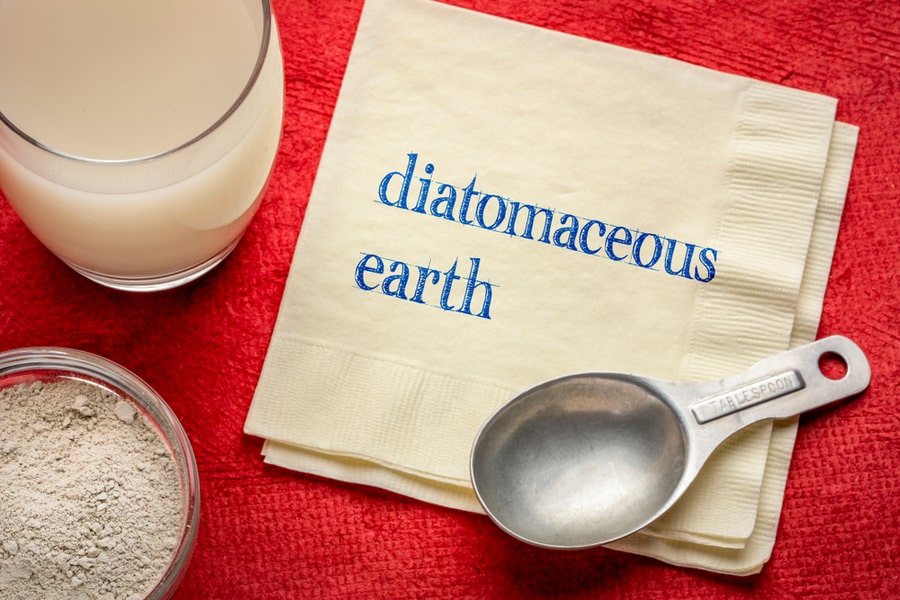
Diatomaceous earth is a special type of sand that has multiple industrial applications. Due to its silica composition, it’s being used in food and medicine production.
Food-grade diatomaceous earth is also a very effective and dangerous insecticide. When DE touches a dust mite, it peels off the outer coating of its exoskeleton.
Dust mites can’t consume water directly; they must absorb it from the environment. That’s why they love humid environments. However, without the outer coating of its exoskeleton, the dust mite will die of dehydration instantly.
Sprinkle diatomaceous earth on your bed, cushion, curtains, and carpets, and allow the powder to rest for a while to kill off as many dust mites as possible, then vacuum those areas. Always remember that a dead dust mite is as dangerous as a living one, so killing them without vacuuming wastes time.
You also don’t have to worry when using Food grade DE because they are not harmful to humans or pets.
Conclusion
Research has shown that roughly 4 in 5 homes in the US have at least one infested dust mite bed. If you don’t have allergies, you might not notice them in your home, but they are around.
You could also ignore them because they don’t bite, destroy properties, or carry disease pathogens; their presence is useless to you.
However, if you have allergies, you need to get rid of them, and in this article, we covered five simple, natural, and effective ways to do that.
Firstly, lower the temperature and humidity level in your home. This is good because it disrupts the mites and also saves you money.
Regularly clean the dust in your home, spray essential oils like eucalyptus and peppermint, use hypoallergenic mattresses or/and anti-allergen covers, and sprinkle food-grade diatomaceous earth on your furniture, bed, and curtains.
Frequently Asked Questions
Should I Use Lysol or Other Disinfectants on Dust Mites?
Yes, but while Lysol and other disinfectants might kill the dust mites, their dead bodies and feces will remain, and these are equally dangerous too.
Do Dust Mites Bite?
No, they don’t. Dust mites are microscopic; you can’t see or feel them.

